
Many occasions call for booting to the BIOS, including when you’ve first built your PC, when you want to change some settings, or solve an issue.
That’s why it’s frustrating when your system doesn’t let you get into BIOS, or even worse, the operating system.
Read on to find out why your PC isn’t cooperating and won’t boot to BIOS or Operating System and learn how to fix the issue.
How To Fix PC Not Booting To BIOS
1. Use UEFI Firmware Settings

If your operating system is Windows 10, accessing the BIOS through the UEFI firmware settings is the optimal method, given your computer boots the OS fine but doesn’t give you access to the BIOS.
- Open the Settings app and select the Update and Security section.
- Choose the Recovery tab from the left pane, and under the Advanced Startup section, click on the Restart Now button.
- In the new Windows with the title reading “Choose an option,” click on the Troubleshoot button.
- Next, select Advanced Options and then the UEFI Firmware Settings.
- Now hit the Restart button so the system boots to BIOS.
2. Fix Faulty Power Connector

If the motherboard or the CPU’s power connector is plugged in wrong or faulty, you won’t be able to boot to BIOS.
The motherboard has a 24-pin connector, so make sure it’s plugged tightly in the right place, and there are no signs of damage on the cable itself.
The CPU usually has an eight-pin connector in a 4+4 shape.
Plug both ends correctly.
Check the other ends of the cables that go in the PSU and ensure their proper connection.
3. Troubleshoot The RAM Sticks

A RAM error can cause your computer to fail when booting to BIOS or OS.
You need to make sure all the RAM sticks are healthy and seated correctly.
Unplug the computer’s power cable and turn off the PC.
Open up the case and locate the RAM sticks on the motherboard.
Take them all out of their slots and then reseat them one by one.
When installing each RAM module, you should line up the notch in the RAM with the notch in the slot.
If you seat the stick correctly, the tabs on both sides should make a clicking sound.
Do not jam the stick in backward.
Try booting up your system again.
If it doesn’t work yet, take out all the RAM sticks again and plug only one of them in.
If the system boots now, add the other RAM sticks, one at a time, until you find the faulty stick that you’ll have to replace.
Remember that sometimes a slot on the motherboard is damaged, and you have to try different slots to get results.
4. Remove The BIOS Battery To Reset The CMOS

Since CMOS battery issues may cause boot problems, you need to clear the CMOS by removing its battery.
Here’s what you should do:
- Turn off and disconnect any peripheral devices connected to your PC through a USB, HDMI, or other ports.
- Unplug the computer’s power cable and open up the case.
- Search for a flat coin-shaped battery, much like a watch battery, on the motherboard. If you can’t find it, refer to your motherboard’s manual to determine its location.
- Now you need to remove the battery from its place gently. It may be held in position by a clip or lever. You can remove the barrier by hand or a screwdriver and then take the battery out.
- Let the battery sit outside for about 20 minutes, and then put it back in place. Make sure it’s properly seated.
- Close up the case, plug everything back in, and start up the PC. Note that the CMOS battery’s life is about ten years or so. If you have owned the motherboard for that long or use a second-hand motherboard, it’s safe to assume that the battery may be dead. Purchase a new CMOS battery and replace it to solve the issue.
How To Boot PC To Windows
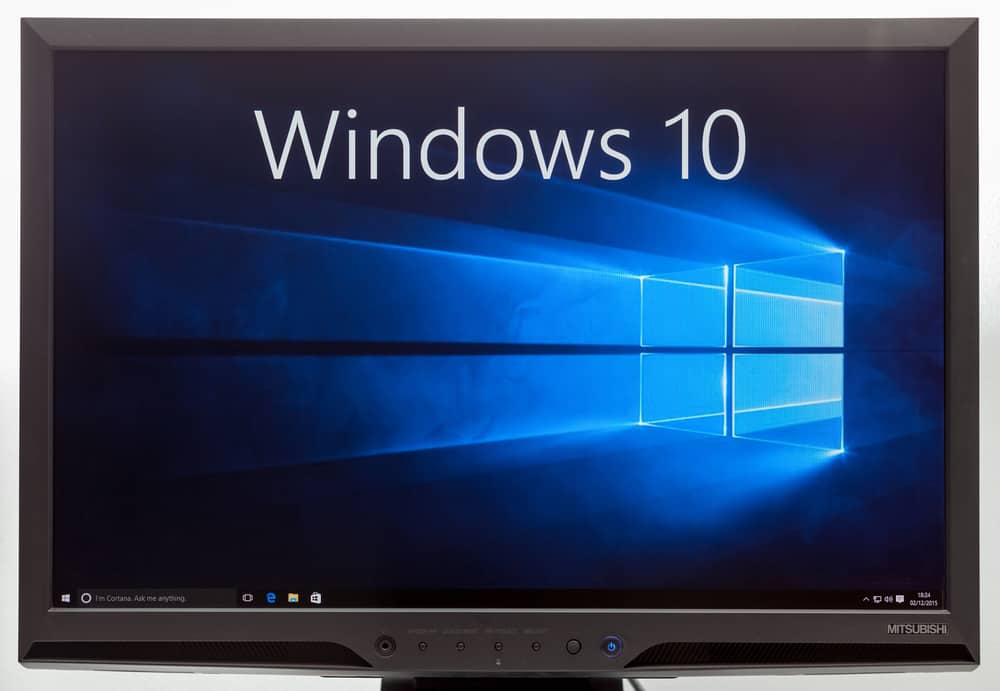
For those who have successfully entered the BIOS but still have no luck in booting the Operating System, follow along with this troubleshooting process.
1. Disconnect External Peripherals
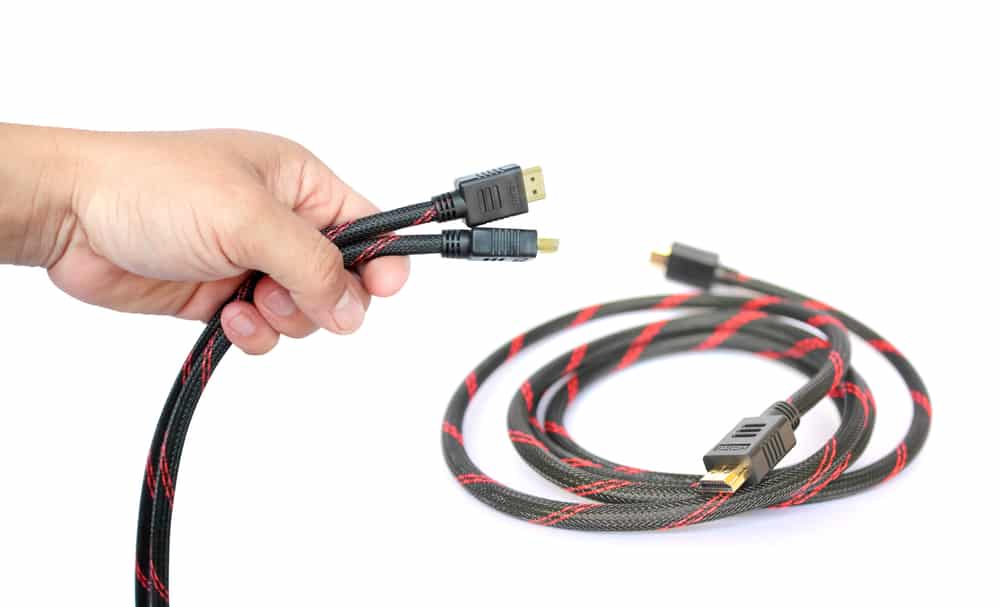
The Windows operating system might have problems booting because of a conflict with one of the peripheral devices you’ve connected or their drivers.
You need to disconnect them all, restart your PC, and see if the OS comes up.
Shut down the computer and unplug all USB devices, including the mouse, external hard drive, and so on.
The only remaining cables connected to your PC should be the power cable, the display cable for the monitor, and a keyboard.
Press the power button a few times to discharge any remaining electricity.
Then turn on the system, and if Windows boots up, you’ve found the problem.
Connect the devices one by one and restart the computer until you find the faulty one.
2. Read The BIOS Error Messages

When the system can’t finish up the boot process, it often gives an error message or a beep code to help you identify where the problem lies.
Either read the error message appearing on the screen or listen to the beeps when booting up and look up the meaning.
You can look for specifics in your computer or motherboard manual or on the manufacturer’s website.
If you don’t see or hear anything, continue down the list to find the issue.
3. Fix Possible Boot Device Issues

If your PC boots to the BIOS and doesn’t load the Operating System, there might be a problem with the storage drive where Windows is installed or the boot order.
The boot order is how the system prioritizes different storage options and scans them for loading Windows.
The drive where the Operating System lies should be the highest in the boot order.
Here’s how you can determine the boot order:
- Remove the flash drives and external storage and restart your system.
- Enter the BIOS as explained in the previous sections during boot time.
- Find the Boot section of the BIOS dedicated to storage. It could be named Boot Order Menu, Boot Priority, or something similar.
- Put the primary drive where the OS exists at the top of the list. If you don’t know which one of the drives contains the OS, disable all but one and boot the system. Continue down the list until you find the correct drive. Prioritize it and then enable all other storage drives.
- Don’t forget to save your changes in the BIOS and exit.
Note that the BIOS might not be detecting the OS drive at all and won’t show it in the list.
That means the drive itself has an issue.
Check the cables connected to the storage drive and confirm they are properly connected.
If your OS is on an M.2 SSD drive, ensure it’s correctly seated.
If you’re concerned that the drive might be damaged, you’ll have to test it on another working computer.
4. Update The BIOS

Updating the BIOS can be helpful when facing boot issues, especially if you’re building your own PC or have an older motherboard installed.
A firmware update can solve the problems caused by the newly paired hardware when you have an old motherboard.
The update process is different depending on the manufacturer, so be sure to look up the procedure in the motherboard manual or online on its dedicated website.
5. Use Windows Safe Mode
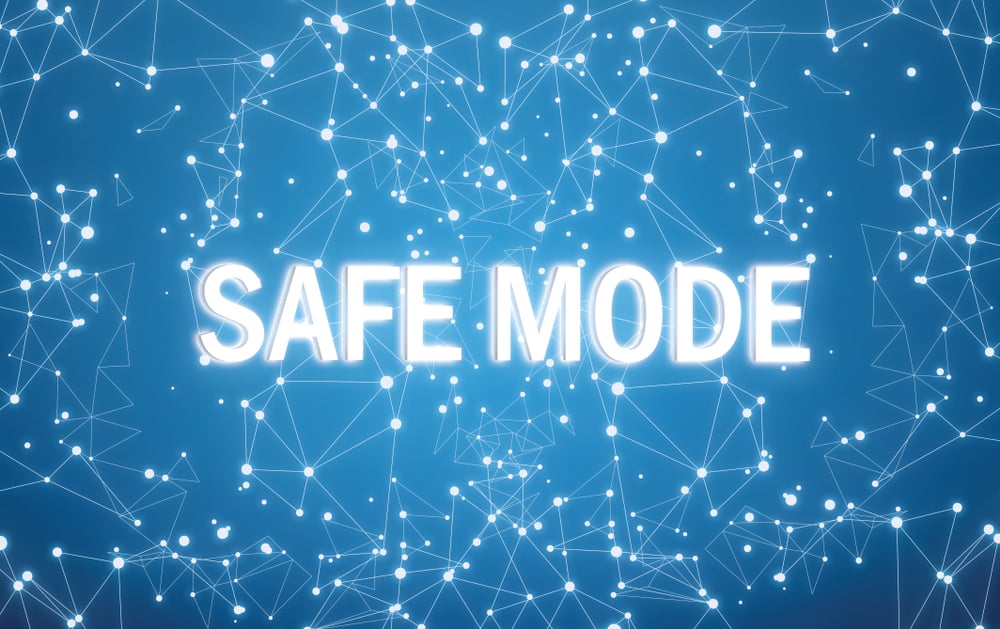
Booting Windows in Safe Mode can solve many boot issues because it’ll start the system with the minimum software and bypass the driver and software issues.
To enter Safe Mode, you can go through Windows Recovery.
You’ll have to interrupt the boot process three times in a row to force the computer to trigger Windows Recovery.
You should see a screen with “Choose an option” as the title.
Click on the Troubleshoot button, then go to Advanced Options and then select Startup Settings.
Now reboot the PC into Safe Mode.
Another way of accessing Safe Mode is with a Windows 10 recovery drive.
You’ll have to create a drive that contains the Windows 10 recovery environment.
You need access to another computer with Windows 10 installed and an external USB drive with 512MB storage or more.
On the other computer, open Control Panel and select Create a recovery drive.
Follow along with the instructions and save the data on the USB drive.
If you haven’t already, set the USB drives as bootable through the BIOS, as explained in the previous sections.
Set the drive as a priority.
Restart the computer and boot into Safe Mode.
6. Restore The BIOS Default Settings

Some specific BIOS configurations and settings can be causing issues when booting.
By disabling them, you may be able to boot your computer to Windows again.
The first setting is called Fast Boot that lets Windows load faster by preloading drives.
Some Windows updates can bring up issues with Fast Boot compatibility, causing boot issues.
You’ll have to turn this feature off through BIOS.
Once you enter the BIOS, look for Fast Boot under Advanced Options or Boot Options.
If you can’t find it there, consult your motherboard’s manual for its location on your specific computer model.
Once you get to it, you’ll have to turn it off.
The second troublesome setting is the Secure Boot.
This feature protects the system against malware by checking the loading hardware and drives when the PC is booting.
If Secure Boot doesn’t recognize hardware or a driver, it’ll stop the booting process by generating an error.
Turning this setting off through BIOS may fix your issue.
You can usually find it located under Boot Options.
Furthermore, other incorrect BIOS settings could cause booting issues, and if you don’t know how to fix them, resetting the BIOS to its default will fix the problem.
You’ll have to enter the BIOS and search for options saying, “Load Setup Defaults” or “Load Default Options.”
Depending on your computer, it could be anywhere, but be sure to look in the Configuration, Security, Restart, and Exit sections.
Once you click on the option and select Yes in the dialog box, the system will restore the BIOS to its default settings.
7. Motherboard Standoffs
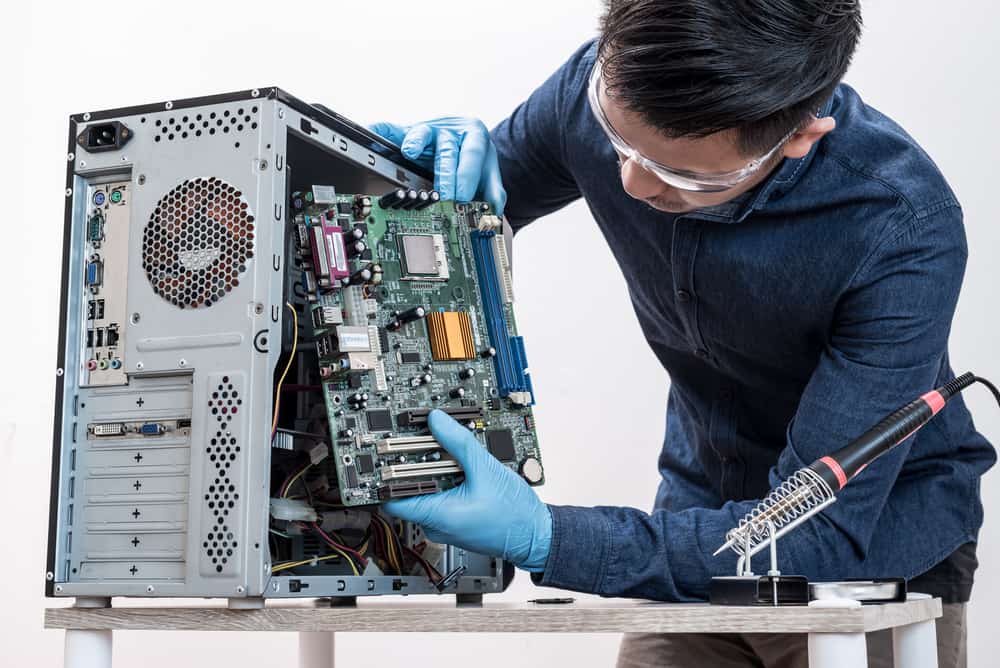
Though it may seem unusual, improper installment of the motherboard standoffs may cause boot issues in some systems.
Check if all the standoffs are present and aligned with the screw holes.
8. Perform A Malware Scan

If malware or viruses has infected your PC, they may be preventing your PC from booting.
Your only option is to use a bootable antivirus rescue disk.
Here, you can find your best options for a rescue disk.
9. Use System Restore

To solve issues caused by a change you made in your system, you can use the System Restore feature to restore Windows to a previous point when everything was working normally.
Here’s how to perform a System Restore:
- Go to the Windows Recovery environment as explained in the previous sections.
- Select Troubleshoot Advanced Options More Recovery Options Startup Settings.
- Hit the Restart Now button.
- Choose Disable driver signature enforcement from the list of startup settings by pressing the 7 or F7 key.
Wait for the process to end.
10. Factory Reset

A Factory Reset, or as Microsoft refers to it, a “Reset” or “Refresh,” is your last resort and a more destructive solution than others.
You’ll lose some or most of your saved data and files.
Once you enter the Windows Recovery environment and head onto the Troubleshoot sections, select Restart this PC.
What Is BIOS?
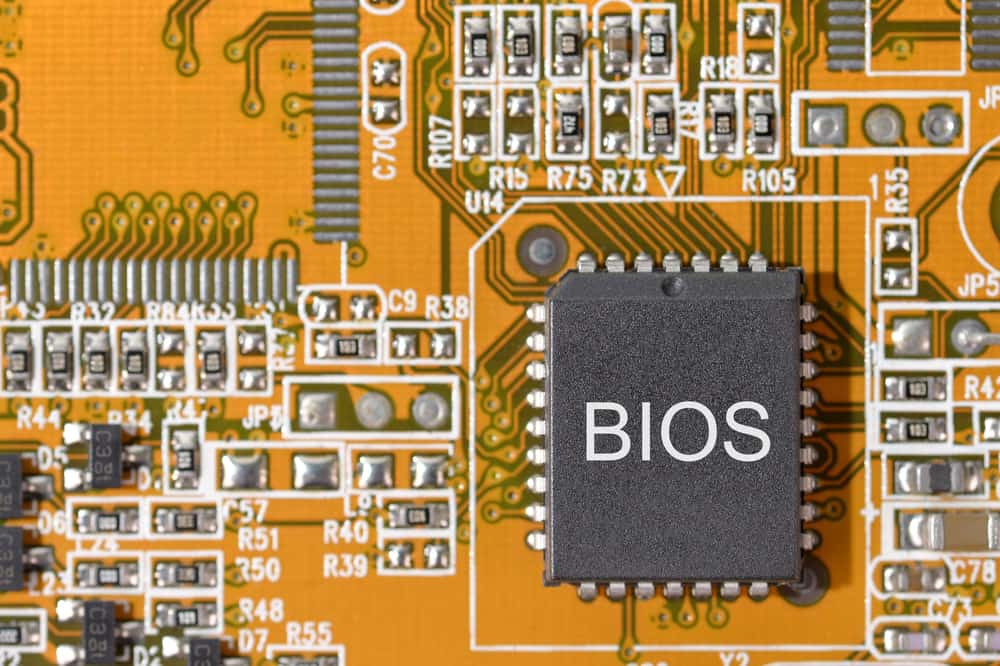
The BIOS or the Basic Input Output System is a ROM chip or firmware preinstalled on the motherboard containing the information that allows you to access and set up your system at its most basic level.
The BIOS is the intermediary between the OS and the hardware it runs.
It controls the data flow between the OS and the I/O devices such as the hard drive, keyboard, mouse, printer, and so on.
The computer’s microprocessor uses the BIOS to start the system after you turn it on.
A boot device is a piece of hardware that contains files that the computer needs to start up.
The BIOS ensures that all the boot devices and necessary attachments are functioning, and then it boots the OS or the main parts of it.
What Are BIOS Functions?

To identify and better understand the problem you’re facing, you should know the BIOS functions and what their job is.
- POST: The Power-On Self-Test checks the computer hardware and makes sure no errors exist before the BIOS loads the OS. If your system can’t pass the POST test, indicating an issue with one of the hardware, the system won’t boot to BIOS or the operating system. You might hear a combination of beep sounds that are codes for what is malfunctioning.
- Bootstrap Loader: The Bootstrap Loader locates the Operating System, and if it finds a capable one, the BIOS will pass control to it.
- BIOS Drivers: These low-level drives give the system basic operational control over the PC’s hardware.
- CMOS: CMOS stands for Complementary Metal Oxide Semiconductor.
The configuration program allows users to change the system and hardware settings, including time, date, and passwords.
How To Correctly Enter BIOS

Every computer and motherboard provides a unique way for users to enter the BIOS setup, so there’s no “correct” way.
Most newly manufactured computers have the same method of entering the BIOS, and it requires a keyboard.
You’ll have to press one of the following keys on the keyboard while the computer is booting up:
- F1
- F2
- F10
- Del
- Esc
Since your computer’s details might be unique, consult your computer’s manual or the manufacturer’s official website to find out how to enter the BIOS.
If you’ve built the PC yourself, you’ll have to check the motherboard’s manual.
If you couldn’t enter the BIOS with the mentioned method, you can move on to the next section to fix the issue.
NEXT: Dual Monitor Lag Windows 10 (Causes, How To Fix)


























In my case none of these worked and worked for hours trying to get in and it turned out, at least on the AMD graphics card I have that you can’t see/get into bios unless you are connected to the first display port not HDMI which I was using. The weird thing is after using the display port I could switch to the HDMI and it would work but I couldn’t get in until I used the display port to get into it.